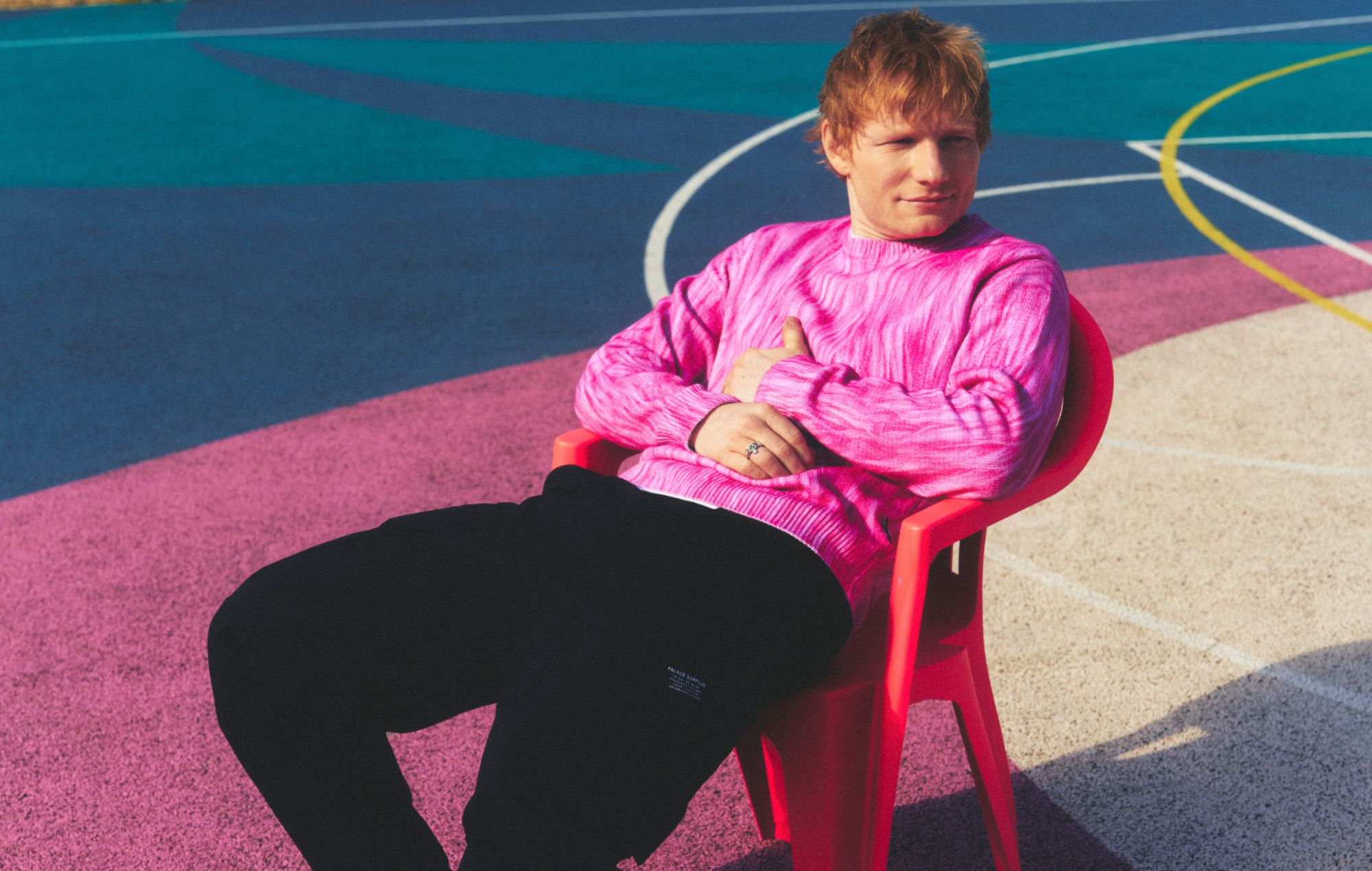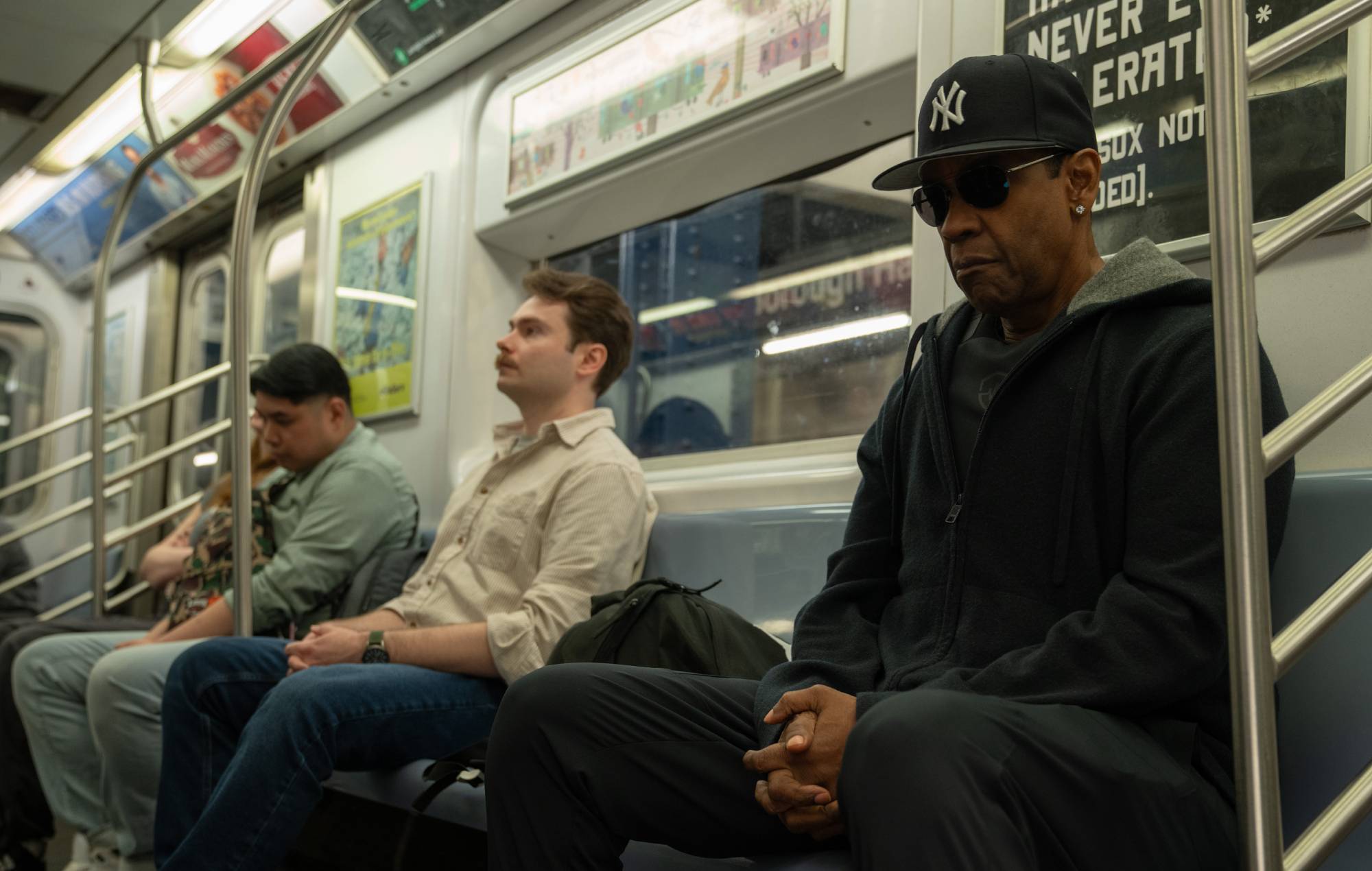Oatmello’s latest project, Dreamsweeper, introduces a fresh direction for the Portland-based producer, combining his lofi sound with an interactive video game experience. This release allows listeners to engage with his music in a new way, integrating calming beats with a rhythm-based game that offers an immersive connection to the music.
In our exclusive interview, Oatmello discussed the creative challenges of blending his multi-layered music with the mechanics of a video game. He shared how the rhythm battles within the game were designed to align with the flow of his music, providing a unique way for players to interact with the soundtrack. This project reflects Oatmello’s continued exploration of new methods to present his art.
With the launch of Dreamsweeper, Oatmello continues to push the boundaries of his music, offering fans a distinctive way to experience his work. This interview gives insight into his process and the thought behind merging his sound with a narrative-driven game, showcasing his commitment to expanding the ways his music can be enjoyed.
1. What inspired you to create a video game alongside your new album, Dreamsweeper?
I’ve been thinking for a long time about how to create music that has backstory and meaning to it. I wanted this game to be about sleep, about dreams, so I started thinking about how I could build a story around dreams. Making a video game allows you to go so much deeper into creating a world than you can with music alone, because there are other senses involved with the visuals, and in the case of video games, interactivity allows the player to feel agency in that world.
2. What challenges did you face in integrating music with gameplay mechanics?
The biggest challenge was that most music for rhythm games has very clear, simple top-line melodies that can be translated into button presses to follow the melody. Unfortunately, that doesn’t really apply to the music that I like to make, which relies on a lot of counterpoint, interlocking melodies, and multiple instruments weaving in and out. In the end, we opted for a simpler mechanic that follows the basic 4/4 rhythm behind the music.
3. Can you explain how the rhythm battles in Dreamsweeper work and how they relate to your music?
Mero (the hero of the game) whips out some sort of dream lightsaber, and you fight anxieties or doubts in your dreams. During the battle, they throw stuff at you, and you have to swat it away with the sword in time with the rhythm. I’d love to go back to the game and add some more complex battle mechanics with multiple button presses simultaneously, and maybe we can with an update at some point. The game has sold around 800 units so far, so it’s been a pretty big success out of the gate, and gives us incentive to update it down the road.
4. What elements from classic PC games, like Minesweeper, did you incorporate into Dreamsweeper?
The game has 3 basic gameplay elements.
a) Dungeon crawling rouge-lite, where you go down deeper into a dungeon and get items and accessories that can help you, balancing risk vs. reward.
b) Puzzle mechanic on each floor based on Minesweeper mechanics.
c) Rhythm game to fight doubts during each floor.
5. How do you plan to evolve the concept of combining lofi music with video games in future projects?
I’d like to update Dreamsweeper with the team and eventually bring it to Switch. I have some other ideas for games that I’m really excited about, but we will have to see if I have the energy/motivation to create a game around them.
6. How do you think the lofi production hustle differs from other genres in the industry?
Well, it’s an interesting choice of words calling it a “hustle.” I’m not sure how different it is from other genres, but I think it really exemplifies a truly underground sound, born on SoundCloud, that slowly spread onto other platforms and garnered a mainstream audience. I miss those golden Soundcloud days because things were so much less defined, and people were trying a lot of crazy things and really abusing their tools and celebrating innovative sounds. With the popularity comes a lot of people just making the “sound” for playlist and labels. I don’t hate on that, nothing wrong with any type of creation but I am hoping to see more “lofi” music that tries new things and doesn’t mind being different even if it means it doesn’t get playlisted.
7. What advice would you give to other musicians looking to explore creating a game soundtrack?
I’d say that it’s super fun, so don’t get in your own head about it. It’s easy to think you have to make a soundtrack that sounds like some AAA game like Assassin’s Creed, but you don’t have to go that route. You can make something that plays to your strengths, has originality, and is unique to you. Keep in mind that the song will be looping over and over, so try not to put too many sections that will get annoying on repeat.
The post Oatmello Explores the Intersection of Music and Gaming in an Exclusive Dreamsweeper Interview appeared first on Magnetic Magazine.


